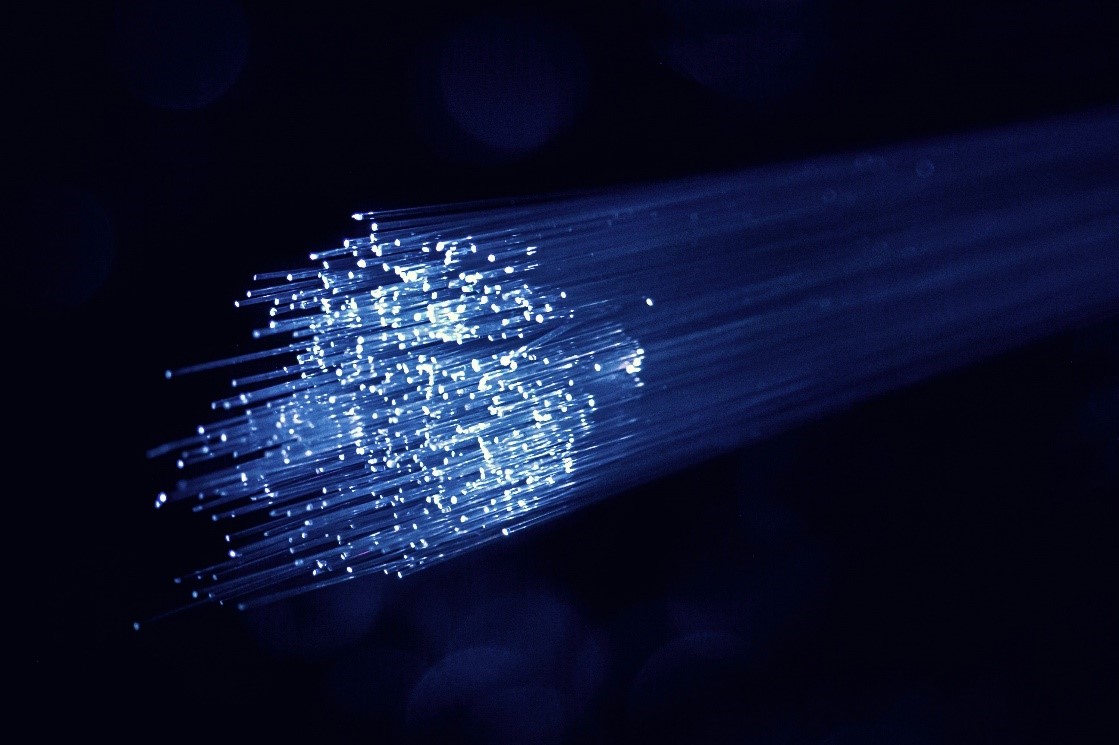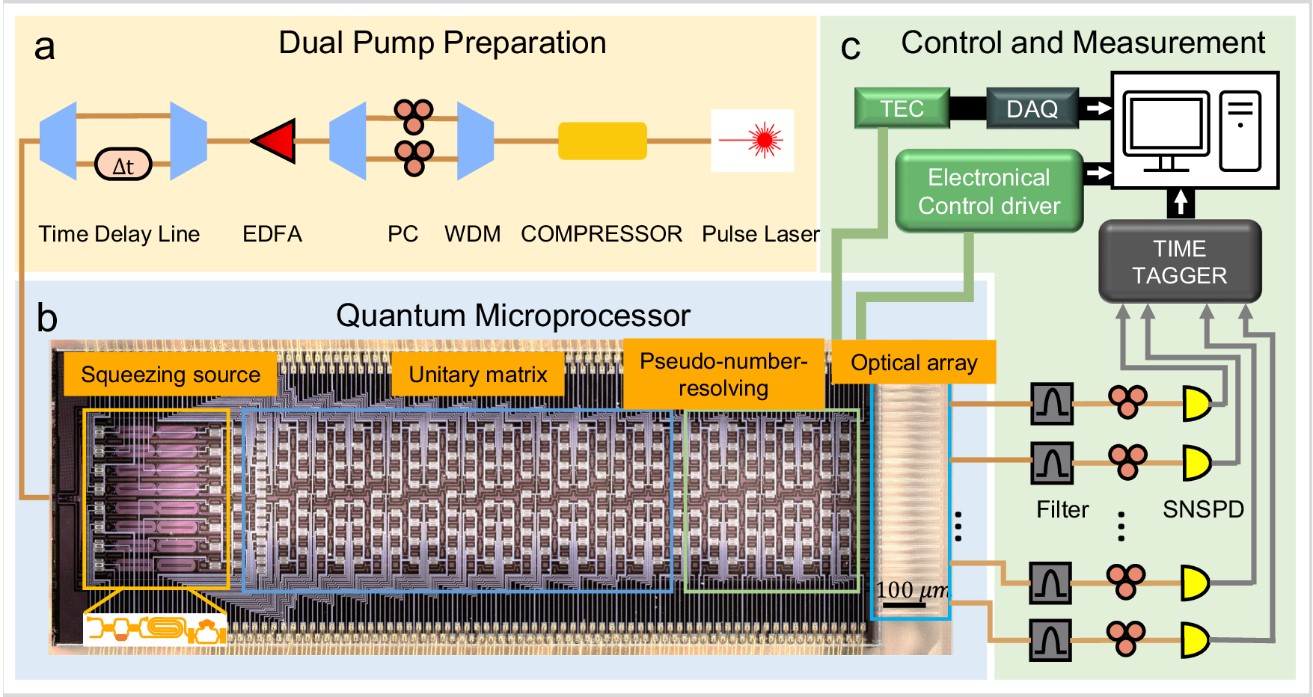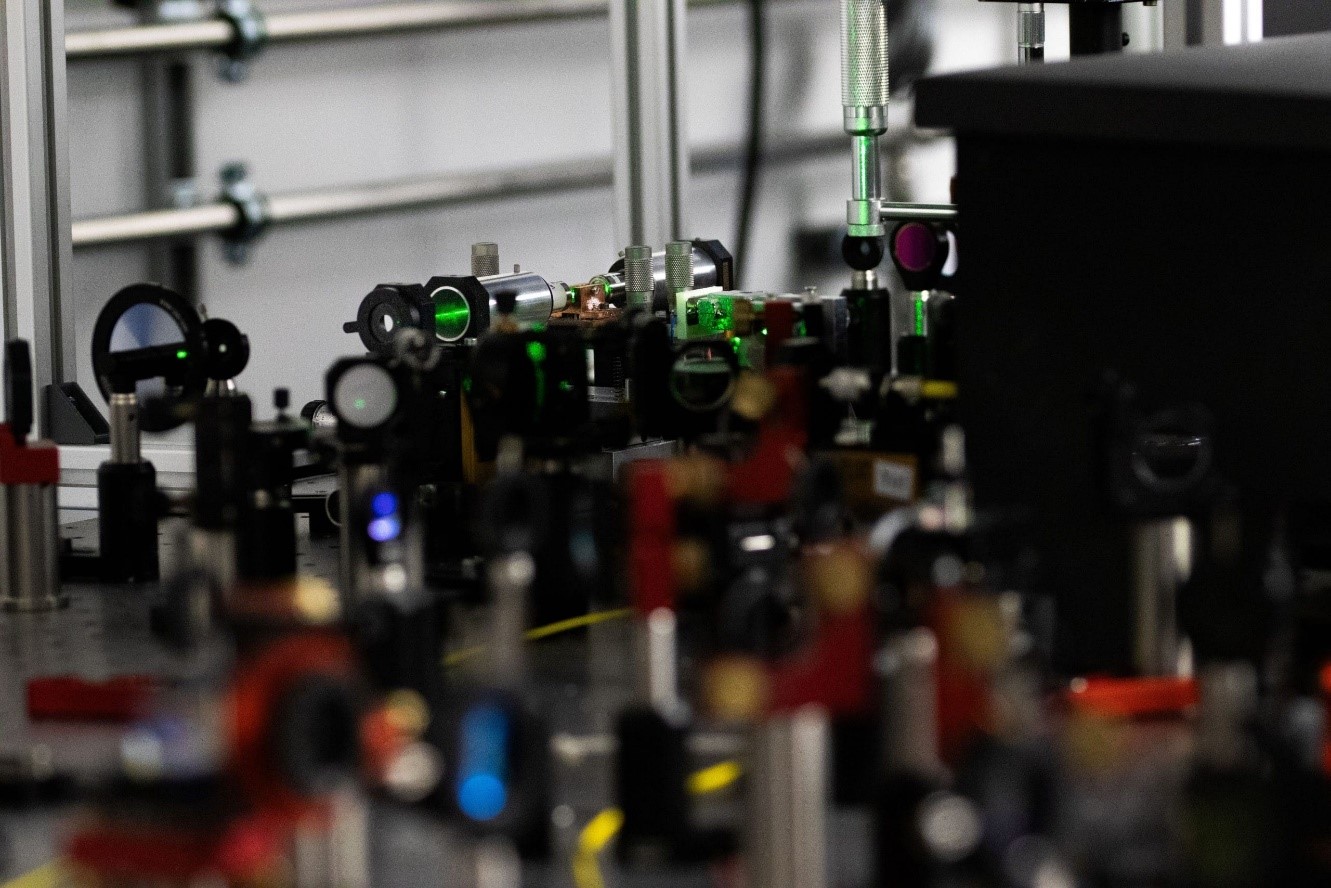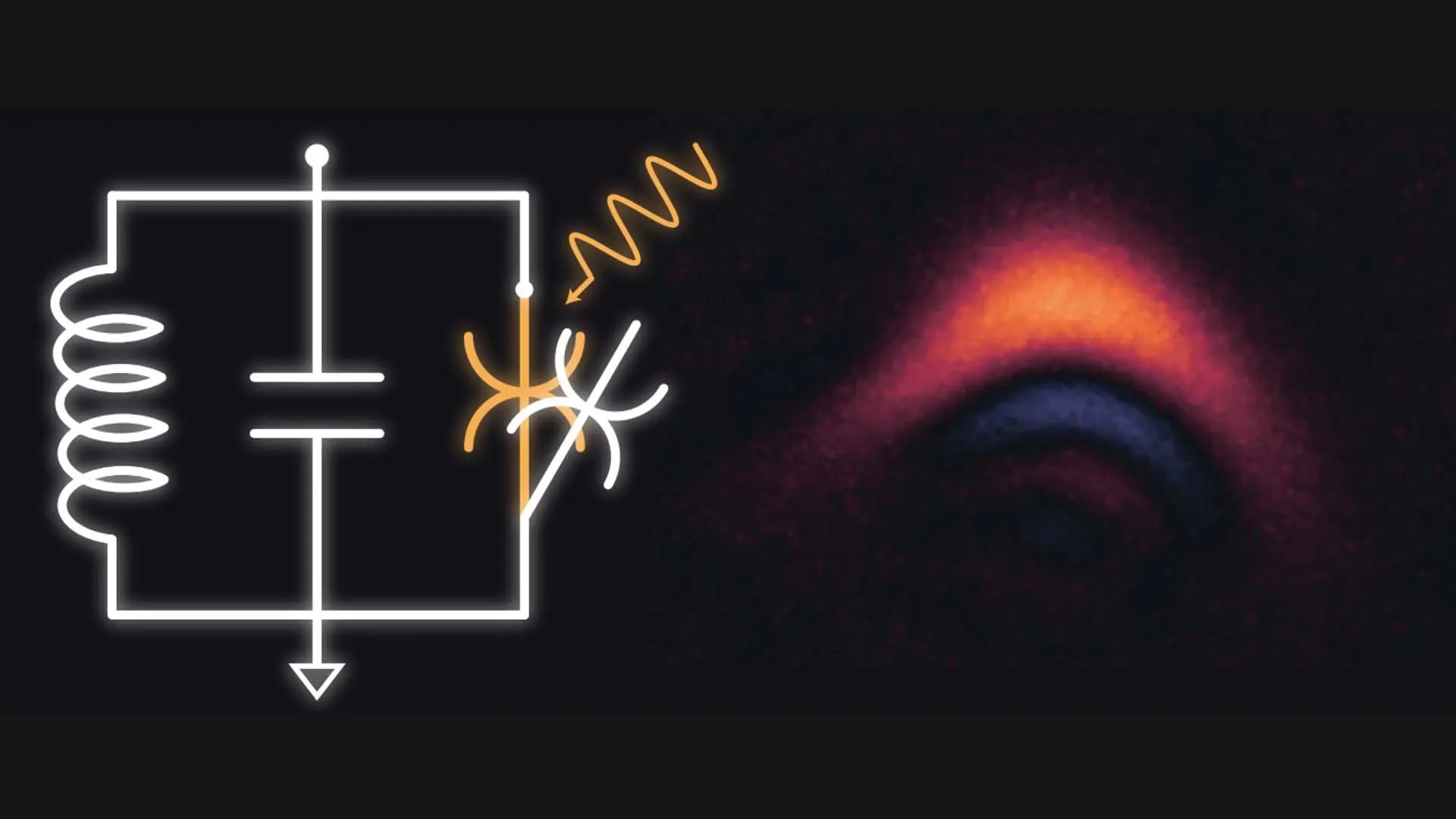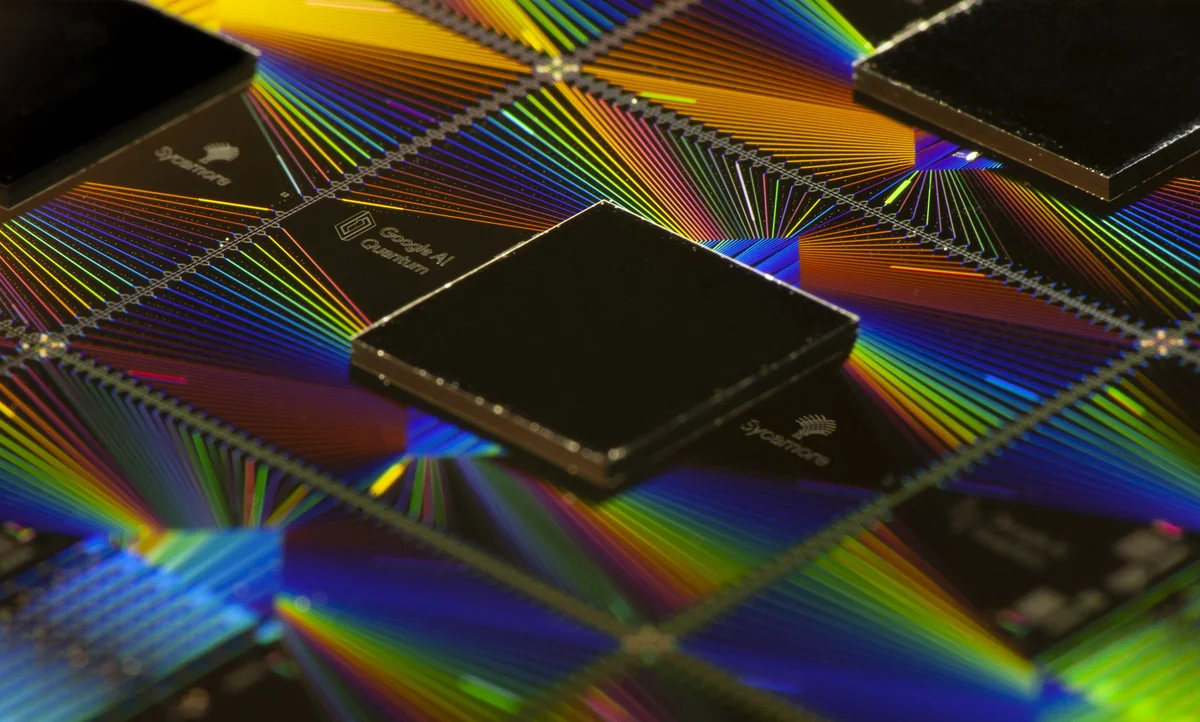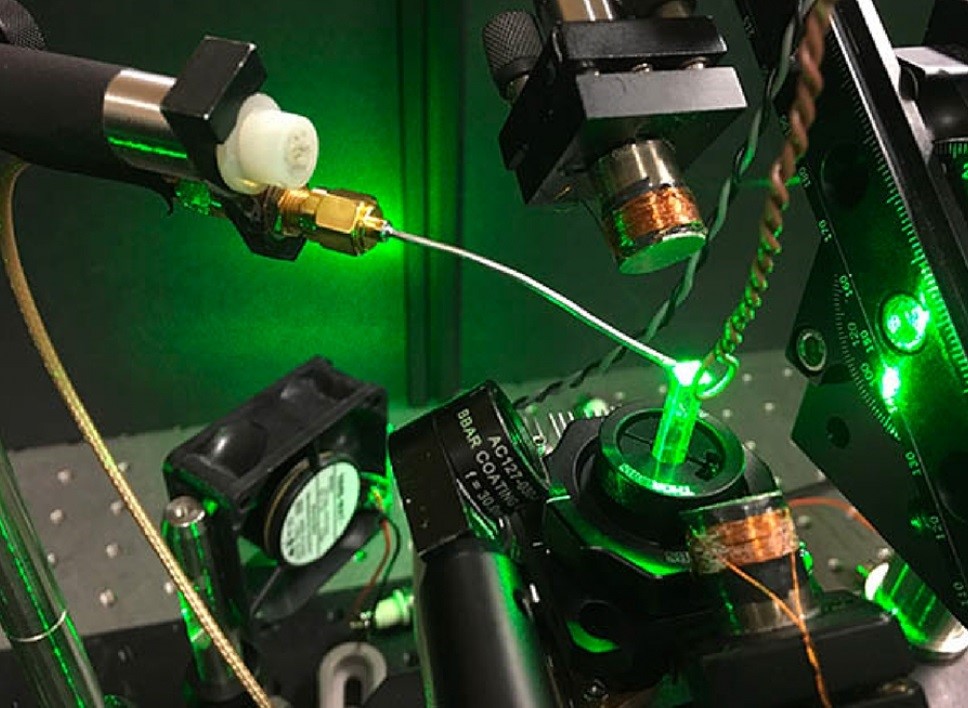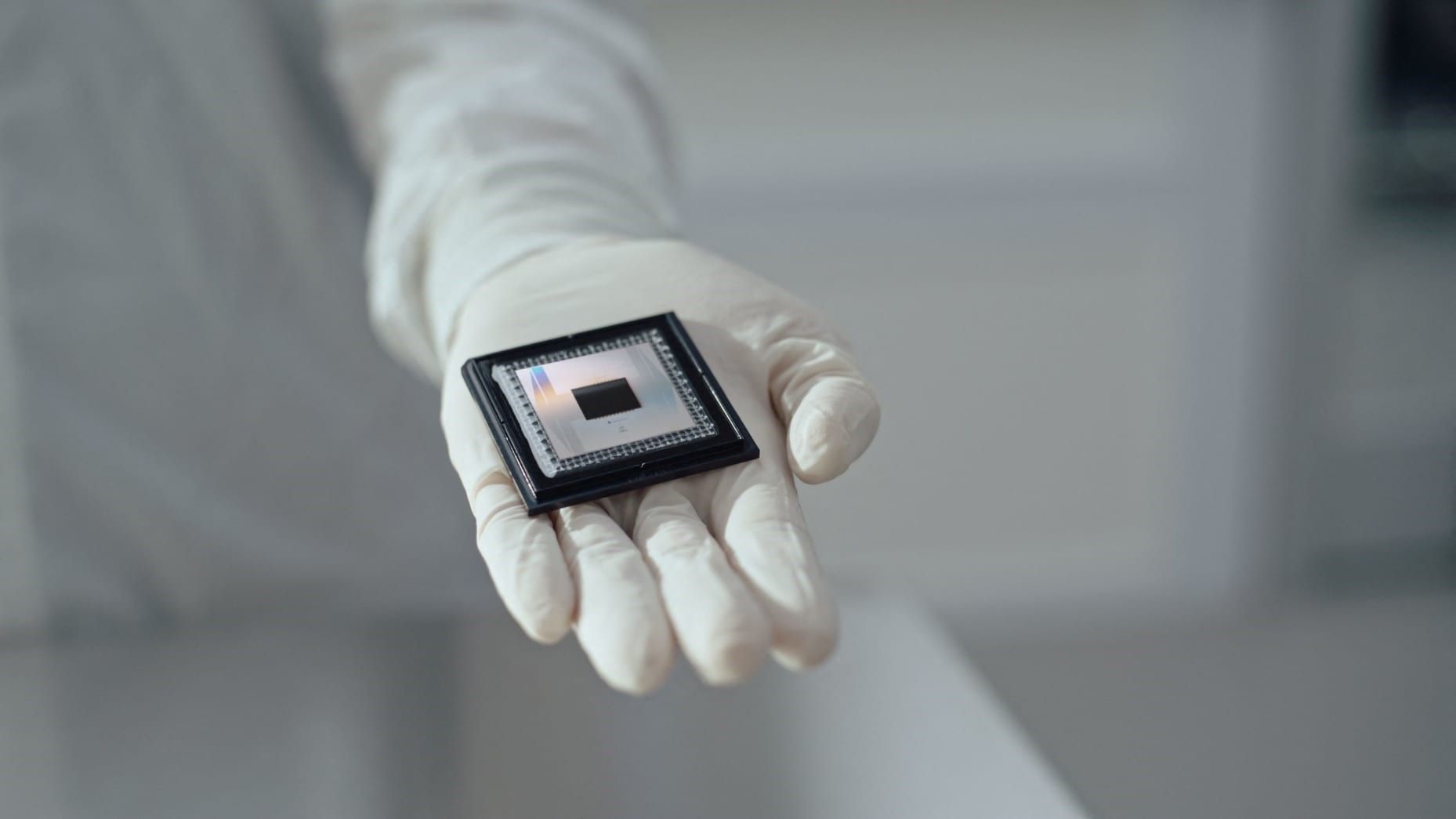Developments in Quantum Science and Technology: 2024 Highlights
Quantum science and technology saw remarkable advancements in 2024, making it a challenge—albeit an exciting one—to select just a few highlights. Notable breakthroughs, such as entanglement-based imaging and quantum error correction, earned spots on Physics World’s list of the year’s top 10 achievements. Beyond these milestones, several other significant accomplishments stand out as we approach 2025, designated as the International Year of Quantum Science and Technology.

Figure 1. Developments in Quantum Science
Quantum Sensing Technologies
In July, physicists from Germany’s Forschungszentrum Jülich and Korea’s IBS Center for Quantum Nanoscience (QNS) revealed a groundbreaking quantum sensor capable of detecting the electric and magnetic fields of individual atoms [1]. This sensor is built around a molecule with an unpaired electron (a molecular spin) mounted on the tip of a scanning-tunnelling microscope. Using this setup, they successfully measured the magnetic and electric dipole fields from a single iron atom and a silver dimer placed on a gold substrate. Figure 1 shows Developments in Quantum Science.
Meanwhile, in August, an international team led by researchers at the University of Melbourne, Australia, introduced an omnidirectional quantum sensor. This device can detect magnetic fields in any direction and is based on a recently discovered carbon-based defect in hexagonal boron nitride (hBN), a two-dimensional material. The same material also features a boron vacancy defect, allowing the sensor to detect temperature changes, making it versatile for multiple applications.
Quantum Communications Technologies
Transmitting quantum information poses significant challenges, as nearly all mediums—whether high-spec fiber optic cables or even the Earth’s atmosphere—absorb photons to some extent, hindering their journey to the intended destination. In July, researchers from the University of Chicago, the California Institute of Technology, and Stanford University proposed an innovative solution: a continent-scale network of vacuum-sealed tubes. According to their calculations, such a network could transmit quantum information at rates of up to 10131013 qubits per second, surpassing existing quantum communication channels based on satellites or optical fibers by at least four orders of magnitude. Whether this ambitious concept will ever materialize remains to be seen, but the vision behind it is undeniably impressive.
Fundamentals of Quantum Science
This year brought a surge of ambitious ideas for exploring gravity using quantum devices and principles. One intriguing proposal involves detecting the gravitational equivalent of the photoelectric effect. Researchers suggest using resonant bars, cooled and tuned to vibrate, to absorb gravitons from incoming gravitational waves. Absorbing a graviton would theoretically alter the quantum state of the bars, and this change could potentially be detected.
Another innovative concept draws inspiration from the Cavendish torsion balance, a classic 18th-century experiment. The quantum version would involve two torsion pendula placed close together, oscillating like massive harmonic oscillators. Observing correlations between their motions that cannot be explained by classical gravity could provide evidence that gravity is not inherently classical.
Perhaps the most exciting breakthrough in this field is a new technique for measuring gravity's effect on micron-scale particles [2]. These objects are just above the threshold where quantum effects start to emerge. Researchers from Leiden and Southampton Universities have conducted experiments and are exploring ways to push their system further into this intriguing quantum regime. It’s a development that could open new frontiers in the study of quantum gravity.
References:
- https://thequantuminsider.com/2024/12/19/top-10-quantum-technology-business-stories-of-2024/
- https://physicsworld.com/a/quantum-science-and-technology-highlights-of-2024/
Cite this article:
Janani R (2024), Developments in Quantum Science and Technology: 2024 Highlights, AnaTechMaz, pp.164


